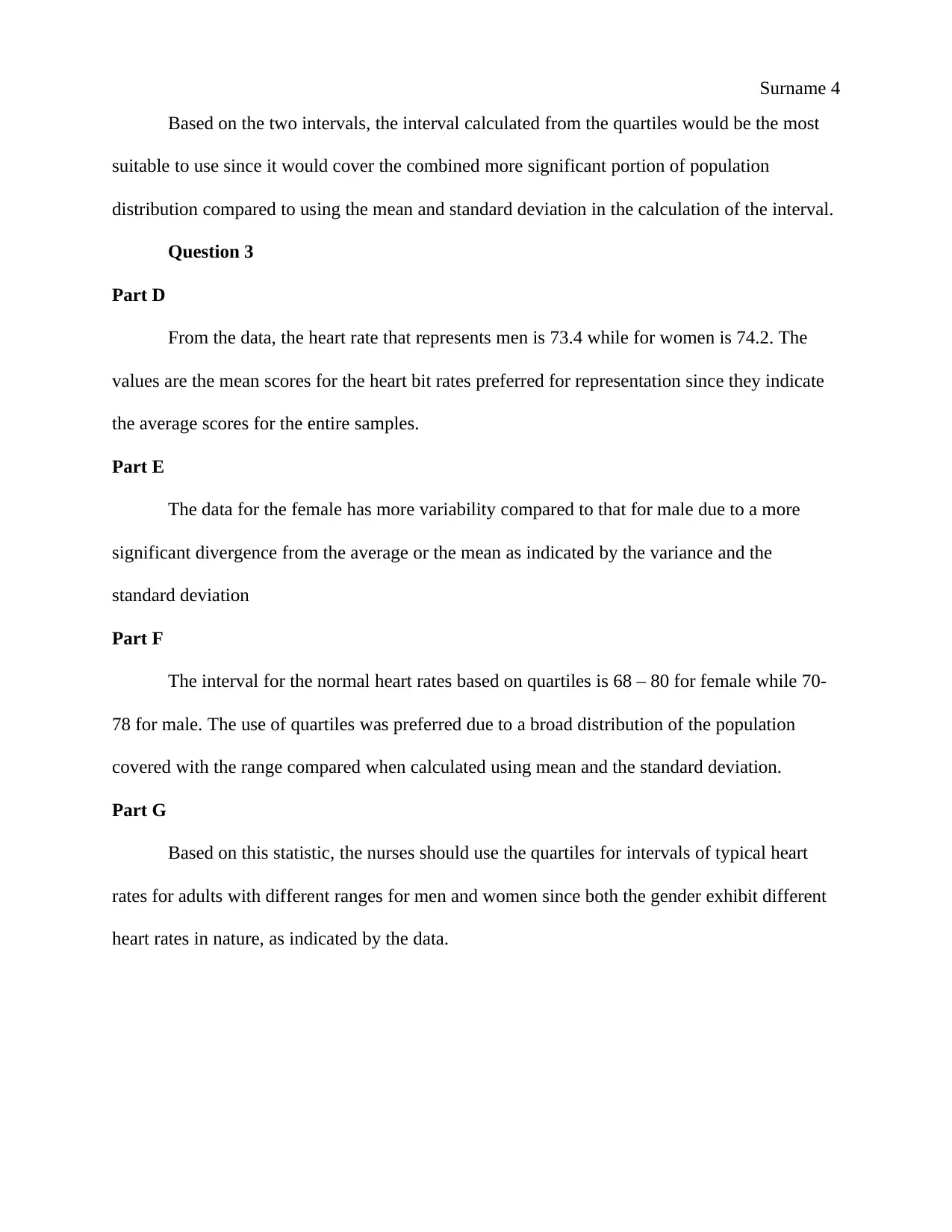University Statistics Assignment: Variability Relative to the Mean
VerifiedAdded on 2023/04/22
|4
|685
|362
Homework Assignment
AI Summary
This statistics assignment analyzes variability relative to the mean using various datasets. The student explores waist, thigh, abdominal, and bicep girth measurements, comparing male and female distributions, skewness, and overlap. The assignment calculates typical measurements using mean and standard deviation, and also uses quartiles to determine suitable intervals for unisex measurements, such as belt sizes. Furthermore, the assignment examines heart rate data, comparing male and female values and variability, and proposes using quartiles for defining normal heart rate intervals. The analysis supports the use of different ranges for men and women due to inherent differences in heart rates, as indicated by the data provided.
1 out of 4





![[object Object]](/_next/static/media/star-bottom.7253800d.svg)